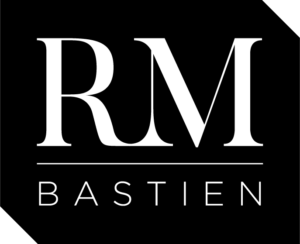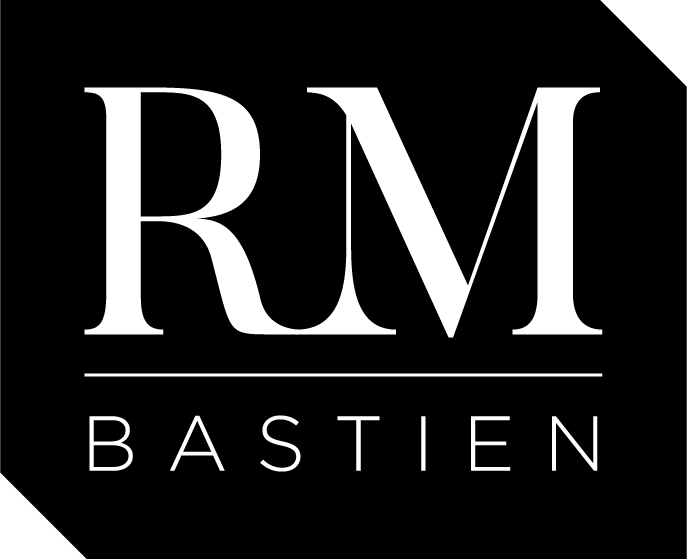In part 1 of this article, we saw that what really counts in corporate IT is not only measured, but also metered quantitatively, with standardized gauges that leave as little space as possible for misinterpretations. Through exploring a parallel with the pizza delivery business, I attempted to show that anyone can be assigned conflicting accountabilities, such as delivery speed on one hand, and driving regulation compliance or fuel consumption mindfulness on the other. The only way to juggle these clashing devoirs is through the application of control measures, and the establishment of personal or team-based incentives linked to the resulting indices.
Incentive-Based Performance
Now, if one of the controlled expectations is quantified and directly linked to next year’s bonus, but the other anticipated behavior is not numerically evaluated, what will happen? The result will be the same as it would within our pizza delivery example. If you don’t measure the time it takes for each driver in your team to deliver pizza, then respecting driving rules (because the controls are already in place) and minimizing fuel burnt (assuming this is metered) become the top priorities. When the time comes for yearly performance reviews, delivery time will be left to the manager’s memory of the past 12 months and the driver’s ego. You already know that the manager’s memory will be focused on the most recent weeks, and that the drivers will naturally overstate their delivery speed. This just wouldn’t work; you would get safe, low-carbon footprint, legally respectful driving, but slower delivery times that would jeopardize customer experience –and your competitive edge.
What’s Measured and What’s Important
In Part 1, I presented a table illustrating the usual assessments of performance for the IT function. These indicators are measurable and precise. They also represent the true gauges of personal performance. Failure to perform adequately in the KTLO (Keep The Light On) category, can rapidly lead to dismissal. Underperformance in the OTOB (On-Time On-Budget) category may take more time to notice, but will eventually translate into career changes. I’ve charted this reality in a simple but eloquent figure.

At the end of Part 1, I related a simple question: “What about all the other good things you should expect from your corporate IT function?”. You should now grasp that any such remaining features will fall in the lower left hand quadrant of this figure. They are not measured quantitatively or not even gauged, and they have little impact on IT staff keeping their jobs. If you believe that IT’s performance should cover much more than KTLO or OTOB accountabilities, then I strongly suggest that you scale back your expectations concerning behaviors unassociated with the upper right hand categories.
I strongly suggest that you scale back your expectations concerning behaviors associated with anything else but KTLO or OTOB accountabilities.
The next burning question is obviously: “What falls under ‘The Rest’?” As its name implies, this category encompasses all other desired duties: the mundane and less significant ones, as well as the crucial virtues that seriously impact the quality of corporate IT’s output.
Another Problem For IT to Solve?
In several upcoming articles you will discover that the perception of quality and the means of its control are significantly related to its position in the chart above. Quality controls specifically associated with quantitatively measured KTLO performance objectives will be defined and applied. I can safely bet that your IT function is pretty good at those tasks. I can also confidently speculate that the quality controls which play an active role in delivering products on-time and within budget are taken seriously and applied systematically.
The remaining controls are mostly subjective, or plainly nonexistent, thanks to the few repercussions that inefficiencies in these areas have on people’s jobs.
Unfortunately, many missing measures can have a direct impact on your organization’s capability to react promptly in an ever-changing environment. Important areas such as compliance to your own standards, ease of maintenance of platforms, reuse of existing assets, adaptability, or documentation have little impact on people’s jobs, and are, at best, qualitatively measured, if measured at all. These areas fall under “The Rest”, and are probably poorly managed.
But if you think that you simply need to demand that your IT organization be better at those things, you are misled. The performance criteria in The Rest have been neglected for decades.
All attempts that I have seen or heard of were either weak, unevenly applied, or didn’t last very long. As long as the current hierarchy of rewarded behaviors reigns, it won’t happen.
But expanding what really counts above and beyond KTLO and OTOB requires to remove the conflicting accountabilities. As described in a previous article, your IT function is stuck in an engagement model where, for convenience and historical reasons, a single desk is given all accountabilities. As you will see in my upcoming book, your IT has little means for implementing a healthy segregation of duties, and has cashable incentives to remain mediocre in several key areas.

